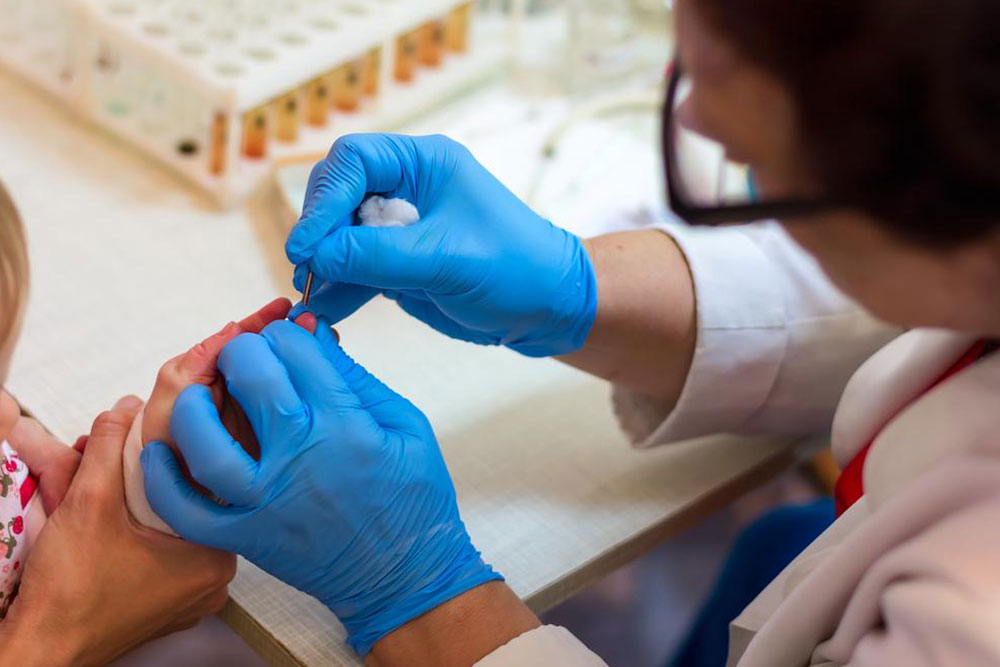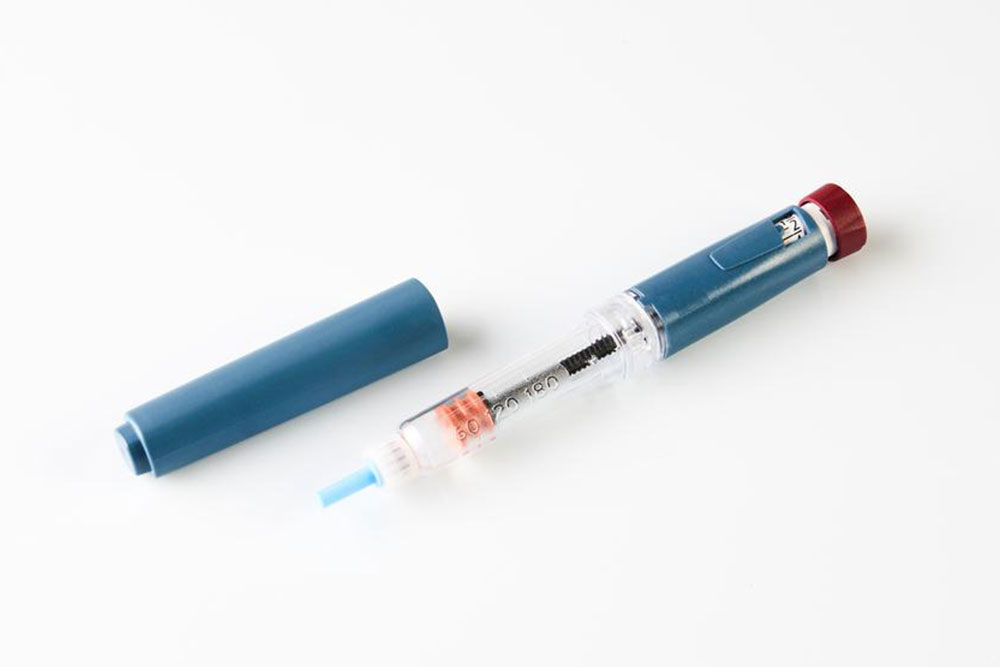Comprehensive Guide to Understanding HbA1c Levels in Diabetes Management
This comprehensive guide details the importance of HbA1c testing in diabetes management, explaining what the levels mean, how they are measured, and their significance in preventing complications. Learn how to interpret your results and why regular testing is vital for long-term health. Tailored insights help patients and healthcare providers optimize treatment and achieve better glycemic control over time.

Comprehensive Guide to Understanding HbA1c Levels in Diabetes Management
Effective management of diabetes demands a thorough understanding of your blood sugar levels over time. While daily blood glucose monitoring offers quick insights into your current state, it does not provide a complete picture of your long-term control of blood sugar. To assess how well your diabetes management plan works across weeks and months, healthcare professionals rely heavily on the HbA1c test, a crucial marker that reflects your average blood glucose levels over an extended period, typically the past two to three months.
Why the HbA1c Test is Essential for Diabetes Care Regular blood sugar monitoring at home is vital for immediate management; however, for a comprehensive overview, the HbA1c test is indispensable. The American Diabetes Association recommends that individuals with stable blood sugar levels undergo HbA1c testing at least twice a year. This simple blood test, performed conveniently at your healthcare provider's office, offers valuable insights into your overall blood sugar control and helps detect any deviations that could lead to complications.
For people experiencing fluctuating blood sugar levels, more frequent testing, typically every three months, may be advised to better tailor treatment plans. The HbA1c test measures glycated hemoglobin, which is hemoglobin molecules bonded with glucose. This process reflects the average blood glucose over the lifespan of red blood cells, approximately 120 days. The higher the blood sugar, the more glucose attaches to hemoglobin, resulting in higher HbA1c levels.
Understanding your HbA1c percentage is crucial: a level below 5.7% is considered normal, indicating healthy blood sugar control. An HbA1c between 5.7% and 6.4% signals prediabetes, while levels exceeding 6.5% confirm a diabetes diagnosis. Maintaining HbA1c within target ranges is essential for preventing long-term health issues associated with diabetes, such as nerve damage, kidney disease, and vision problems.
Target HbA1c levels may differ based on several individual health factors, including age, duration of diabetes, and the presence of comorbid conditions. Generally, healthcare providers aim to keep HbA1c below 7% for most adults, as this reduces the risk of microvascular complications. However, for certain populations, such as the elderly or those with advanced disease, a more lenient target may be appropriate to balance treatment benefits and potential risks.
Various factors influence HbA1c results, including recent carbohydrate intake, insulin therapy, fasting status, or other medical conditions. Unlike daily glucose measurements, HbA1c provides a more stable and reliable indicator of blood sugar control over time, minimizing the effects of short-term fluctuations and day-to-day variability.
Research consistently demonstrates that each 1% reduction in HbA1c levels can lead to approximately a 10% decrease in the risk of microvascular complications like retinopathy, neuropathy, and nephropathy. For example, lowering HbA1c from 10.7% to 8.2% substantially diminishes the likelihood of developing these issues, improving long-term health outcomes significantly.
It is important to recognize that there are limitations to the HbA1c test. Certain medical conditions can interfere with its accuracy. For example, anemia, recent blood transfusions, or hemoglobinopathies—such as sickle cell disease—may skew the results. This is particularly relevant in populations from the Mediterranean, Southeast Asia, or other regions with higher prevalence of hemoglobin variants. In such cases, specialized laboratory testing might be required for more precise assessment. Healthcare providers interpret HbA1c results considering these factors, ensuring accurate diagnosis and management plans tailored to individual needs.
Understanding and regularly monitoring HbA1c levels play a pivotal role in effective diabetes management. It not only guides treatment adjustments but also serves as a motivational target for patients striving to maintain better glycemic control. By working closely with your healthcare team and adhering to recommended testing schedules, you can significantly reduce the risk of long-term complications and improve your quality of life.





